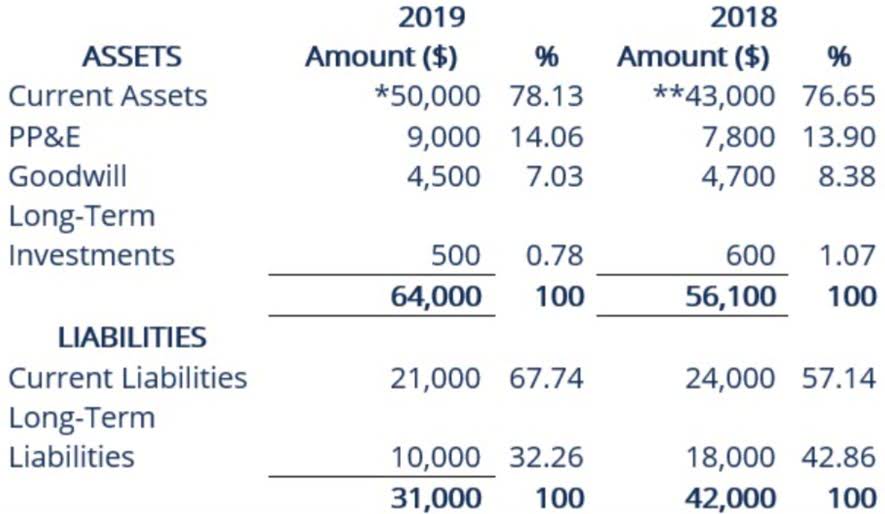
Goodwill in the world of business, refers to the established reputation of a company as a quantifiable asset and calculated as part of its total value when it is taken over or sold. Strategically, goodwill is also instrumental in forging long-term partnerships, facilitating smoother mergers and acquisitions, and serving as a catalyst for corporate growth. Goodwill represents a certain value (and potential competitive advantage) that may be obtained by one company when it purchases another. It is that amount of the purchase price over and above the amount of the fair market value of the target company’s assets minus its liabilities. This process is somewhat subjective, but an accounting firm will be able to perform the necessary analysis to justify a fair current market value of each asset. See’s consistently earned approximately a two million dollar annual net profit with net tangible assets of only eight million dollars.
- There is also the risk that a previously successful company could face insolvency.
- However, it needs to be evaluated for impairment yearly, and only private companies may elect to amortize goodwill over a 10-year period.
- In September 2007, it was estimated to be worth just $38 million, it then jumped to $207 million a year later, $1,135 million in September 2012, then $5,116 million in September 2015, and $5,414 in September 2016.
- If, however, the value of that brand were to decline, then they may need to write off some or all of that goodwill in the future.
In explaining this decision, the investor could point to the strong brand and consumer following of the company as a key justification for the goodwill that they paid. If, however, the value of that brand were to decline, then they may need to write off some or all of that goodwill in the future. When analyzing a company’s balance sheet, investors will therefore scrutinize what is behind its stated goodwill in order to determine whether that goodwill may need to be written off in the future. In some cases, the opposite can also occur, with investors believing that the true value of a company’s goodwill is greater than that stated on its balance sheet. The impairment expense is calculated as the difference between the current market value and the purchase price of the intangible asset. One reason for this is that goodwill involves factoring in estimates of future cash flows and other considerations that are not known at the time of the acquisition.
Create a free account to unlock this Template
To determine goodwill with a simple formula, take the purchase price of a company and subtract the net fair market value of identifiable assets and liabilities. To calculate goodwill, we should take the purchase price of a company and subtract the fair market define goodwill value of identifiable assets and liabilities. While companies will follow the rules prescribed by the Accounting Standards Boards, there is not a fundamentally correct way to deal with this mismatch under the current financial reporting framework.

Evaluating goodwill is a challenging but critical skill for many investors. After all, when reading a company’s balance sheet, it can be very difficult to tell whether the goodwill it claims to hold is in fact justified. For example, a company might claim that its goodwill is based on the brand recognition and customer loyalty of the company it acquired. The two commonly used methods for testing impairments are the income approach and the market approach.
Word History and Origins
Under U.S. GAAP and IFRS, goodwill is never amortized, because it is considered to have an indefinite useful life. If the fair market value goes below historical cost (what goodwill was purchased for), an impairment must be recorded to bring it down to its fair market value. However, an increase in the fair market value would not be accounted for in the financial statements. This includes current assets, non-current assets, fixed assets, and intangible assets. You can get these figures from the company’s most recent set of financial statements.
- However, over a ten-year period, it increased considerably – in December 2006, its value was estimated at $1,403 million.
- After all, when reading a company’s balance sheet, it can be very difficult to tell whether the goodwill it claims to hold is in fact justified.
- Shown on the balance sheet, goodwill is an intangible asset that is created when one company acquires another company for a price greater than its net asset value.
- When opportunity in great locations come up I think that goodwill will pay dividends for us.
- The $2 million, that was over and above the fair value of the identifiable assets minus the liabilities, must have been for something else.
- For an actual example, consider the T-Mobile and Sprint merger announced in early 2018.
Thus, goodwill for the deal would be recognized as $3.07 billion ($35.85 billion – $32.78 billion), the amount over the difference between the fair value of the assets and liabilities. The Financial Accounting Standards Board (FASB), which sets standards for GAAP rules, at one time was considering a change to how goodwill impairment is calculated. Because of the subjectivity of goodwill impairment and the cost of testing it, FASB was considering reverting to an older method called “goodwill amortization.” This method reduces the value of goodwill annually over a number of years.